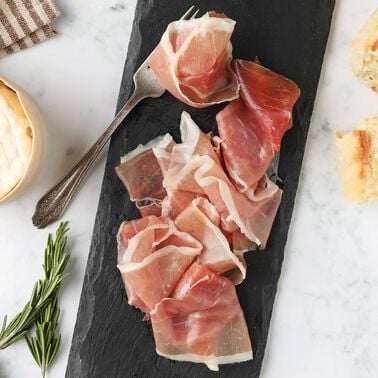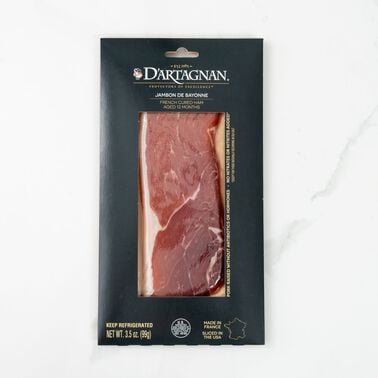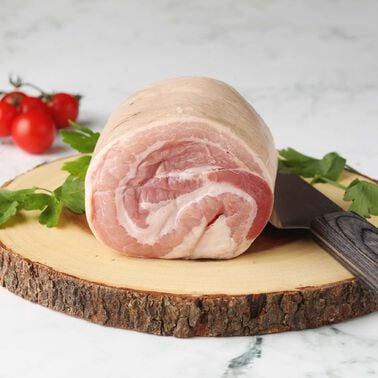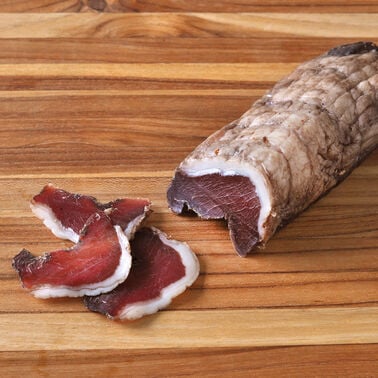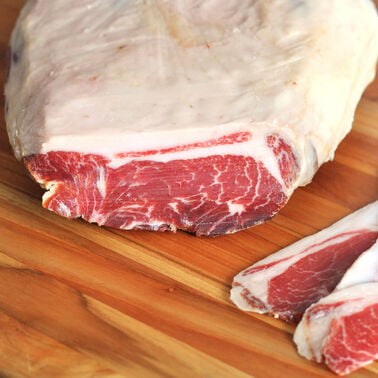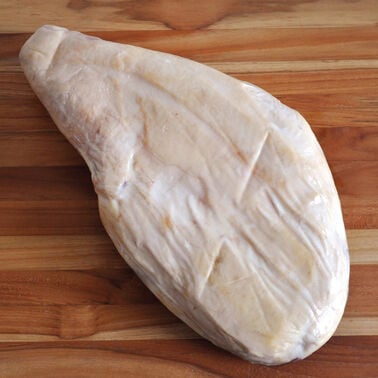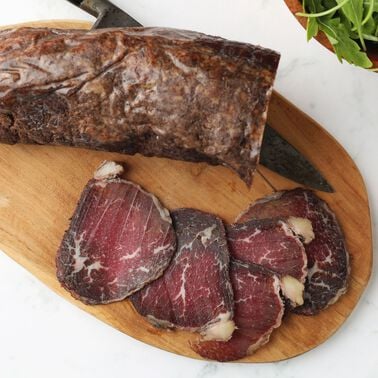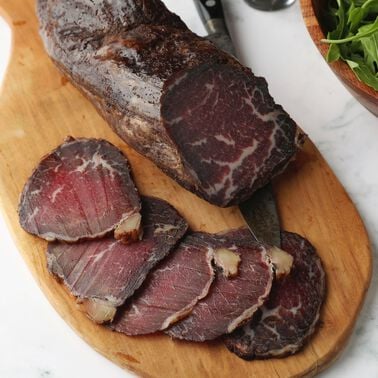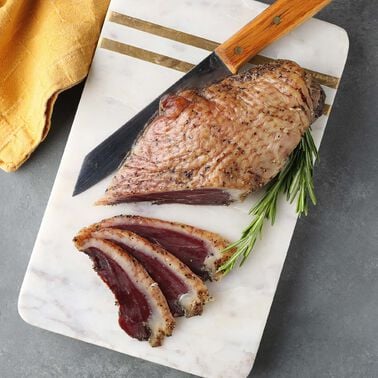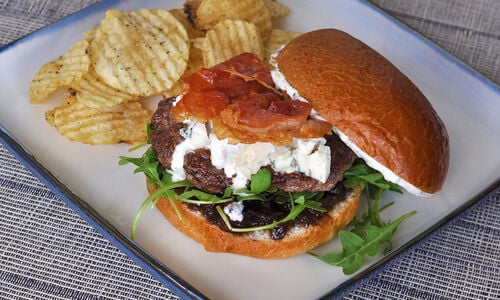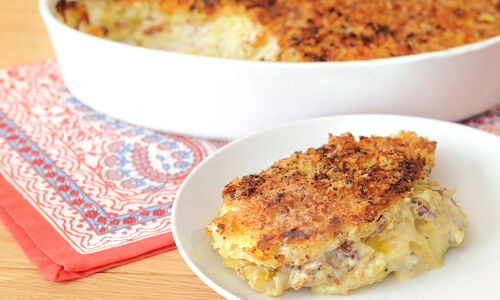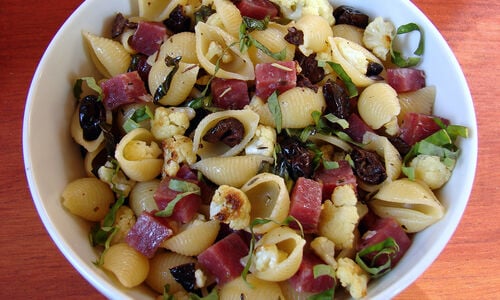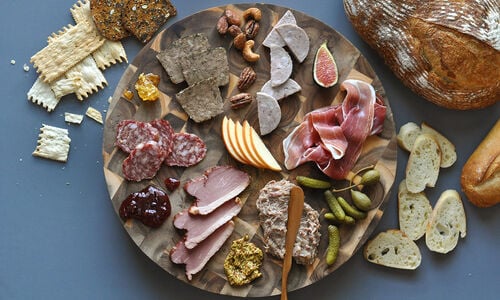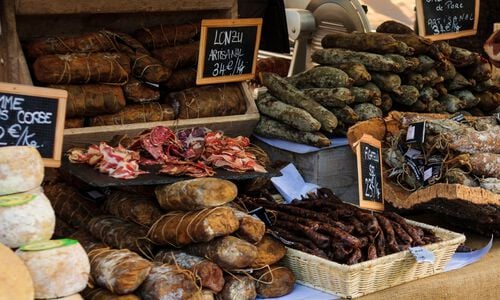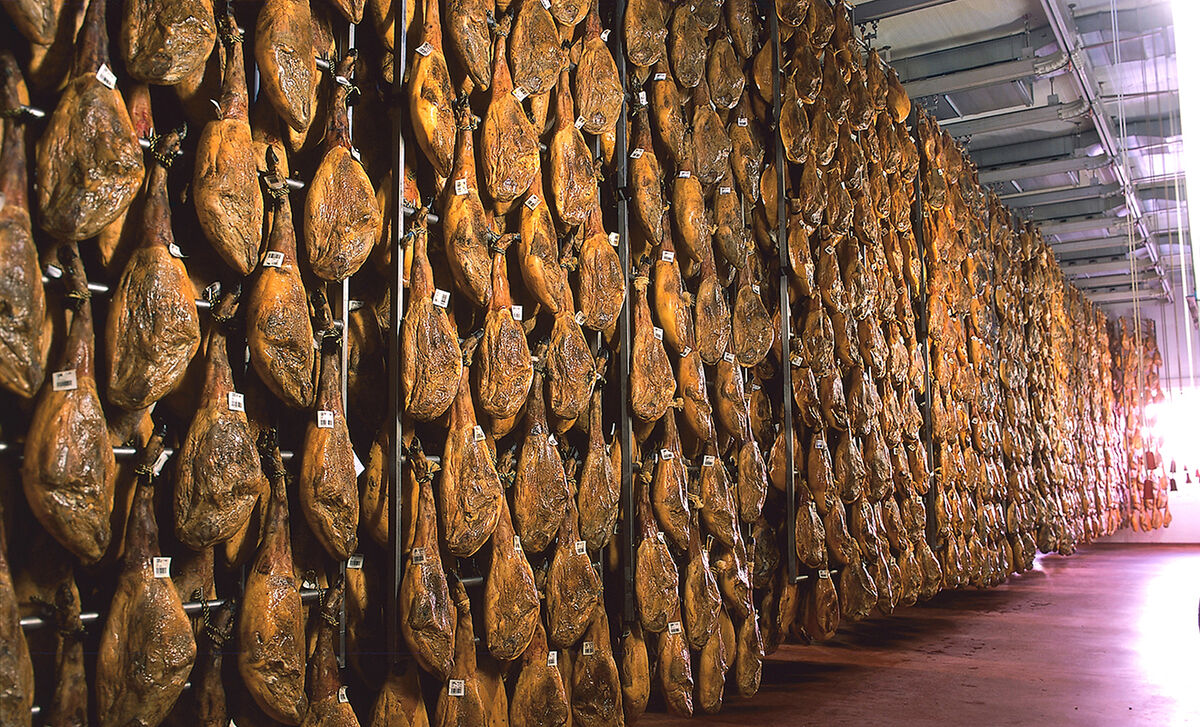
An essential piece of all classic charcuterie plates, cured meats have found their way into soups, salads, entrees and desserts. Over the past decade, the United States has seen a resurgence of hand-crafted, artisanal cured meats. Excellent cured meats are now commonplace in restaurants, stores and farmers markets coast to coast. Today, cured meats are a delightful addition to any meal.
How to Dry Cure Meat
Dry curing is a common technique used in the preparation of sausages, ham and other charcuterie. It is a combination of salt curing, air drying, and sometimes smoking, depending on the meat and the desired product.
For dry-cured ham, pig or wild boar, hind legs are packed in salt and left for up to two months during which much of the moisture is wicked from the ham. After a thorough washing, the ham legs are hung in a very dry, cool, dark room in which the reminder of the moisture evaporates. The air-drying process can take up to 18 months, and the resulting dried ham can be stored for up to a year. Proscuitto, Jamon Serrano, Jamon Iberico, and Jambon de Bayonne are all fine examples of dry cured hams.
Beyond the Charcuterie Plate: Ideas for Eating Cured Meats
- Add slivers of Duck Prosciutto to an arugula and parmesan salad for a surprising depth of flavor.
- Liven up a Caprese salad with thin sliced pieces of Jambon de Bayonne sandwiched between the fresh mozzarella, tomato and basil.
- Instead of wrapping scallops or shrimp with bacon, swap in D’Artagnan Ventrèche. Ventrèche is salt cured with pepper and garlic — not smoked — so it allows the delicate flavors of seafood to shine through.
- Thinly sliced Mangalica Ham is best eaten with a drizzle of fine Spanish Olive Oil and olives or stuffed in dates with Manchego cheese and thin-sliced celery. Or serve with cataloupe or peach.
- Use crisped Jambon de Bayonne to top Hasselback potatoes, or to wrap pear slices for an elegant canape.
